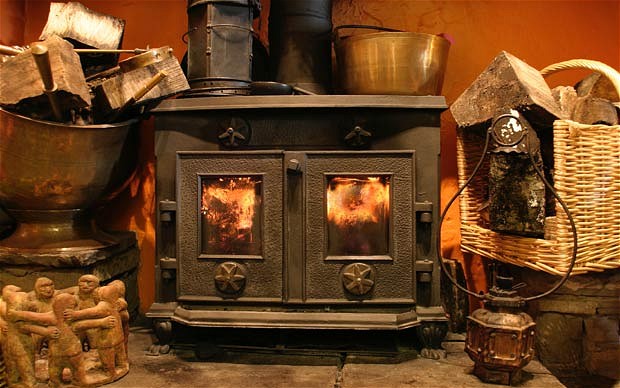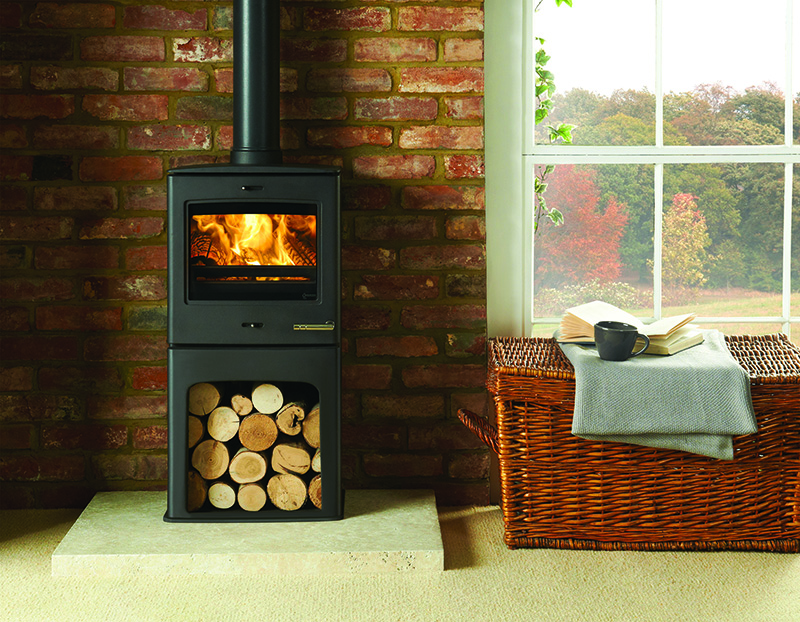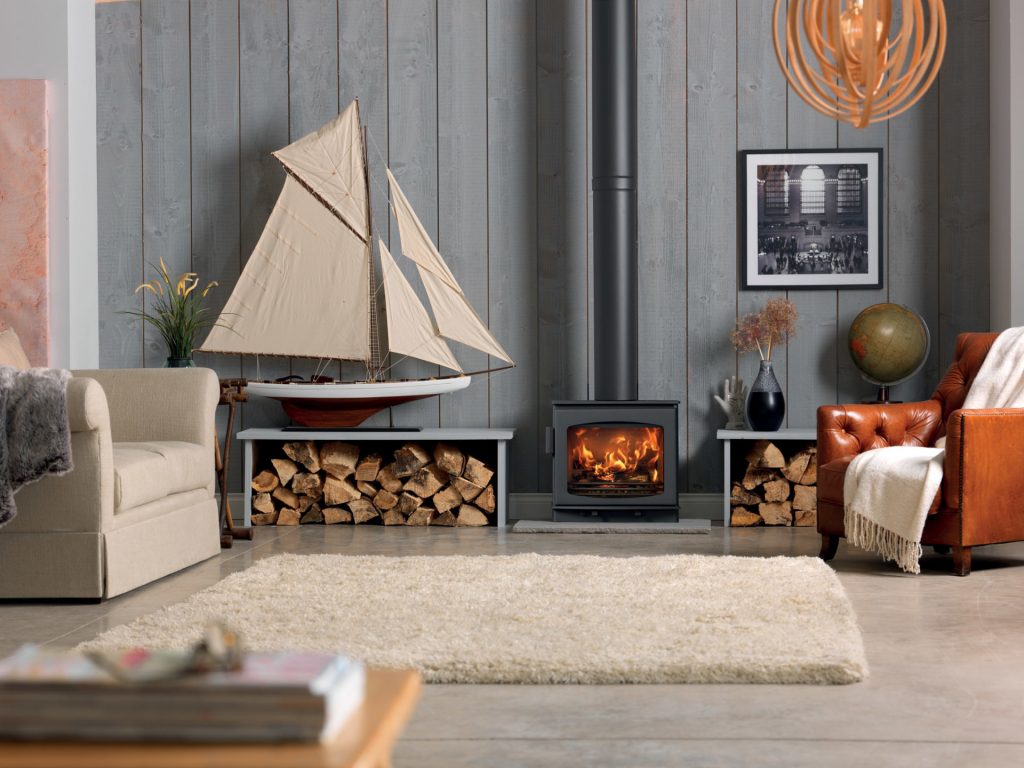While many people, and indeed governments, have tried to call the end of the stove market it continues to go from strength to strength. It is obvious that the industry is now more nimble footed and willing to appease new consumer trends such as the move towards widescreen stoves. The stove industry that we see before us today is very different to that of 10 years ago or even five years ago. So, why are wood-burning stoves so popular?
The ambience
If you have ever sat in a room containing a fully functioning heat pumping wood-burning stove then you will know exactly what we mean. There is heat and then there is heat from a wood-burning stove which seeps into every bone of your body. The relaxing ambience, the atmosphere, the ability to chill out and basically drift away after a hard day at the office is very attractive. This is just perfect for family events, Christmas and other special times of the year, enjoying each other’s company and above all enjoying the deep seated heat from a modern day wood-burning store.
Many people would argue that the modern day stove, wood-burning and multifuel, is more akin to furniture when it comes to designing your room. There is no doubt that a well-kept stove is a great conversation starter and a central piece to any room – but they are so much more.
Old world look, new world technology
The stove market tends to be split down the middle, traditional stoves and contemporary designs. While there is no doubt there is a time and a place for contemporary designed stoves, and this is a growing area of the market, traditional style stoves are still the leader. So what makes a traditional style stove so popular?

In summary it is the ability to maintain that old world look while installing the latest combustion technology to maximise heat output, efficiency and reduce emissions. Looking at a modern day wood-burning stove it is difficult to see the difference in technology, the improvements in output and the reduced emissions, but believe us, they are there!
We have new combustion technology which burns, re-burns and re-burns fuel three times to maximise heat output and perhaps more importantly reduce emissions. Governments around the world have introduced new emission targets for air pollution and have certainly made a beeline for wood-burning and multifuel stoves. The industry has reacted in the best manner possible incorporating the latest technology and the latest regulations well before they go live. So, do not be fooled by that old world traditional look because the modern day stove contains the latest in high-tech combustion technology.
There is some debate as to whether a wood-burning stove will save on fuel costs, depending upon your local source of wood, but as the cost of gas and electric continues to rise, the long-term cost benefits will become more obvious.
Carbon neutral
The carbon neutral boast from the stove industry is one which is often disputed and challenged by experts. However, while we know that burning wood does release carbon into the atmosphere this is the equivalent of the carbon which a tree ingests during its lifetime. Therefore, this is why stove enthusiasts claim it is a carbon neutral heat source.

Whatever the reality of the carbon neutral boast from the stove industry we know that it is nowhere near as large a pollutant as it may be was in the past. It is the improvements in combustion technology and the ability to burn, burn and re-burnt small particles which increases heat output and reduces emissions. One of the main problems for the industry is the fact that it is often spoken about in the same breath as coal fires when it is an affront to common sense to compare the two. Even a modern day coal fire is only around 30% efficient, which means that 70% of fuel energy is lost, compared to a modern day stove which can be anywhere between 70% and upwards of 80% efficient. Is it really fair to compare the two?
Summary
For those above yet to sample the delights of a wood-burning stove, the deep seated heat and the relaxing atmosphere, you literally do not know what you are missing. The industry we see today is very different to that of just a few years ago in regards to emissions and new regulations going forward. New combustion technology means that fuel is burnt, re-burnt and burnt again and this hot air is used to ensure your viewing area is clear at all times.
The stove industry has often been associated with country folk when in reality it is as popular now with townsfolk as anybody else. The safety aspects of using a wood-burning stove have been tightened significantly in recent years with many stove companies recommending HETAS qualified installers. In reality we could talk all night about the benefits and the look of a wood-burning stove but the proof is in the pudding, check one out tomorrow!

